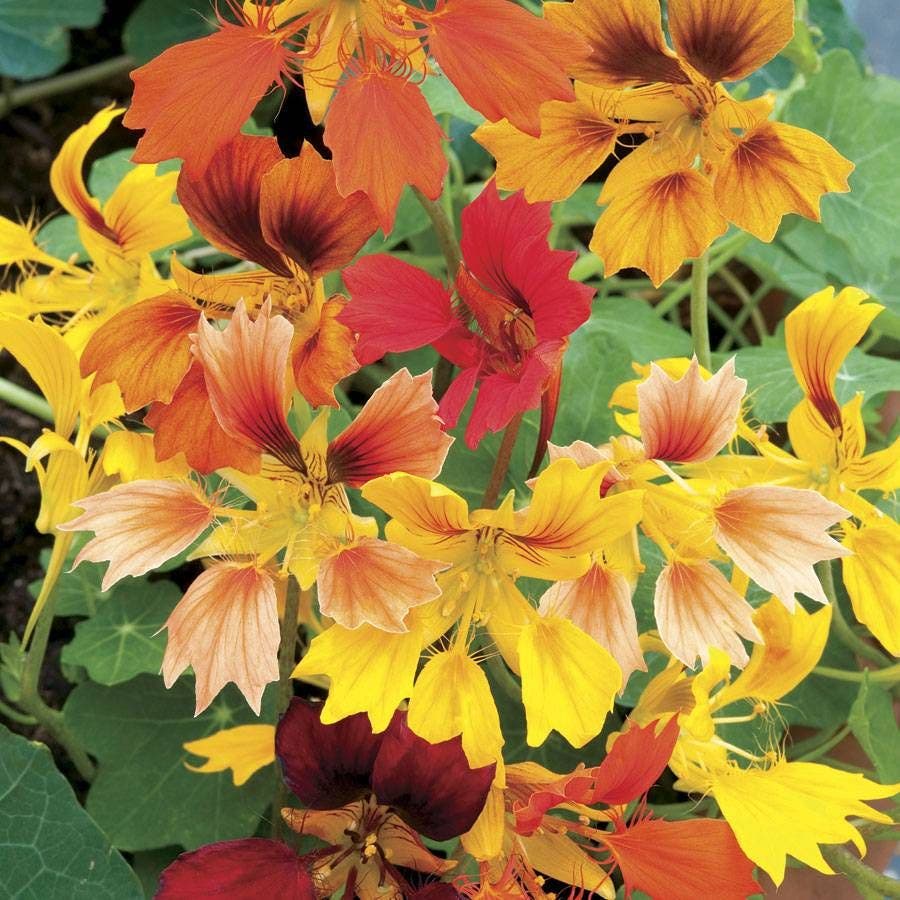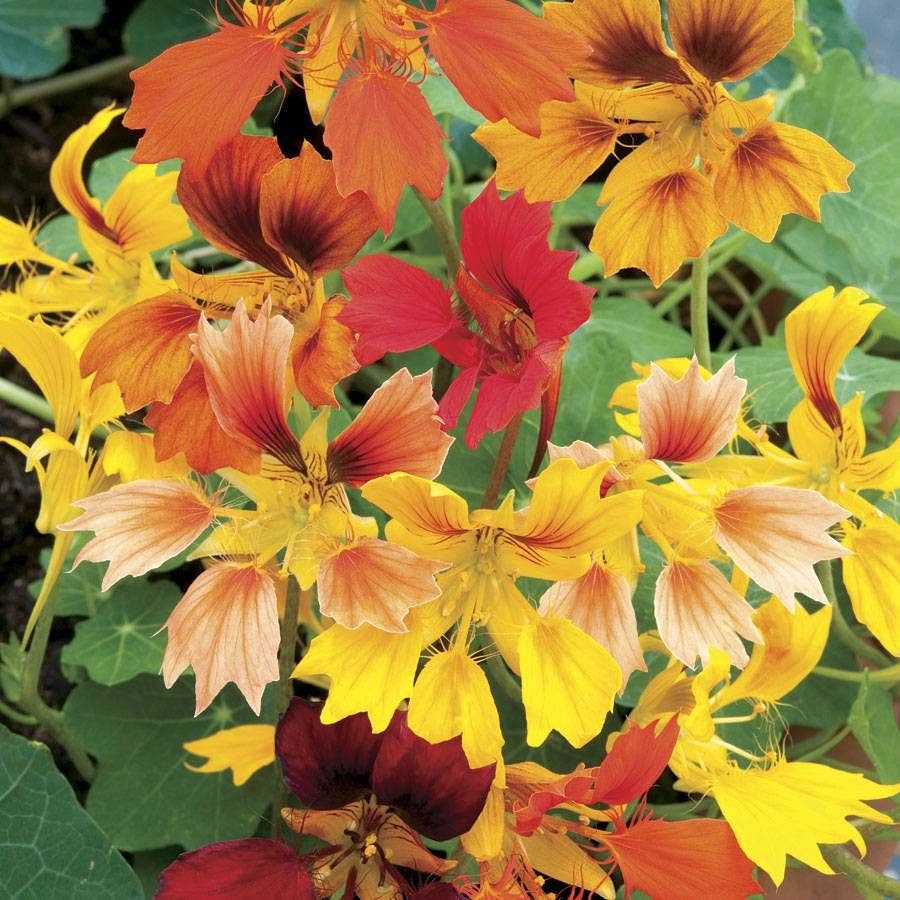Phoenix Nasturtium Seeds
Phoenix Nasturtium Seeds
Zone compatibility details
Understanding the Prices on Our Product Pages
When shopping on our site, you might notice different types of prices listed for products. Here’s a quick guide to help you understand what each price means:
- Regular Price: The price before any discounts, typically reflecting the median price from the past 90 to 180 days, excluding special promotions and clearance events.
- Now Price: The updated price of an item after a reduction from the regular price. Now Prices are often limited to a short time frame and offer the opportunity to save.
- MSRP: Manufacturer's Suggested Retail Price, provided by the manufacturer as a benchmark to highlight the value of our current pricing.
- Discount Exempt: Products labeled discount exempt are not eligible for discounts or promotional offers.
Please note that product prices are subject to change without notice.
Couldn't load pickup availability

Grow Zone
-
Mature Height
12
Mature Width
14
Sun / Shade
Full Sun
Bloom Size
need bloom size meta
Tomato Fruit Set
Days To Maturity
Fruit Weight
Soil Tolerance
Normal, loamy, Sandy, and Poor
Moisture
Moist, well-drained
Description / Phoenix Nasturtium Seeds
Phoenix has burst onto the garden scene at last! Long awaited and more than a decade in the making, this British introduction is nothing short of a sensation. Instead of their usual rounded shape, the petals of every bloom on this flowering annual are "cut" into 3 to 4 points, like flames or fishtails.
Scalloped between the points, these petals are stunning, standing out brilliantly among ivy-leaf shaped leaves of bright green. The blooms arise in both bright and pastel shades, giving you the classic golds, oranges, and reds of nasturtiums as well as the less common creams, peaches, and salmons. Many petals are brushed with mahogany near the base. And they are unbelievably profuse, beginning in early summer and continuing nonstop until frost in most areas. Phoenix is not only a new look for the family, it's one of the easiest and most productive, too.
And as if all this weren't enough, Phoenix also boasts a versatile habit. Some nasturtiums are vining, others bushy, but Phoenix is both! You can let its stems trail from hanging baskets and flowerpots, or you can grow it "upright" in beds and containers, where it will mound instead of spreading. The choice is yours! Generally about 12 inches high and 14 inches wide, it will adjust a bit to fit the habit you choose for itlower and more trailing in baskets, higher and more compact in beds.
Nasturtium is grown both for its beauty and for its uses as an herb. The flowers and leaves are edible, making beautiful additions to salads and handsome garnishes on the plate. Nasturtium has a peppery bite not unlike watercress (one of its common names is Indian Cress), and is best used in savory dishes.
Like all nasturtiums, Phoenix is a splendid companion to vegetables in the garden. Not only does it attract beneficial bees to the garden, it helps ward off pests that want to nibble your veggie plants. It protects the Brassica family (cabbage, broccoli, cauliflower, kohlrabi, mustard and collard greens, etc.) especially well from a range of predators, including aphids and squash beetles. It is also useful as a barrier planting around your tomatoes and cucumbers, and some gardeners find it a helpful pest deterrent when ringed around young fruit trees. Just another excuse to grow more beautiful Phoenix plants!
Nasturtium is easy to grow from seed. Nick or soak the seeds before sowing. Then direct-sow into the garden or the final container in which they will grow, or start them indoors 5 to 6 weeks before the last anticipated spring frost in your area. Expect germination to take a week or so. The plants need full sun for best flowering; they will grow in part shade, but the blooms will not be as numerous or large. Poor soil often works better than rich for promoting bloom strength.
Pkt of 20 seeds
Product Details
SKU: 51477-PK-P1
Genus: Tropaeolum
Species: minus
Variety: Phoenix
Bloom Color: Mix, Multi-Color
Foliage Color: Medium Green
Habit: Compact
Light Requirements: Full Sun
Moisture Requirements: Moist, well-drained
Soil Type: Normal, loamy, Sandy, Poor
Bloom Start: Early Summer
Bloom End: Late Fall
Uses:- Foliage Interest
- Baskets
- Containers
- Beds
- Ground Cover
- Vines and Climbers
- Cuisine
- Free Bloomer
- Easy Care Plants
- Long Bloomers
- Direct Sow
- Cool Season
- Bloom First Year
- Butterfly Lovers
- Double Blooms
- Flower
- Pest Fighter
- Edible
